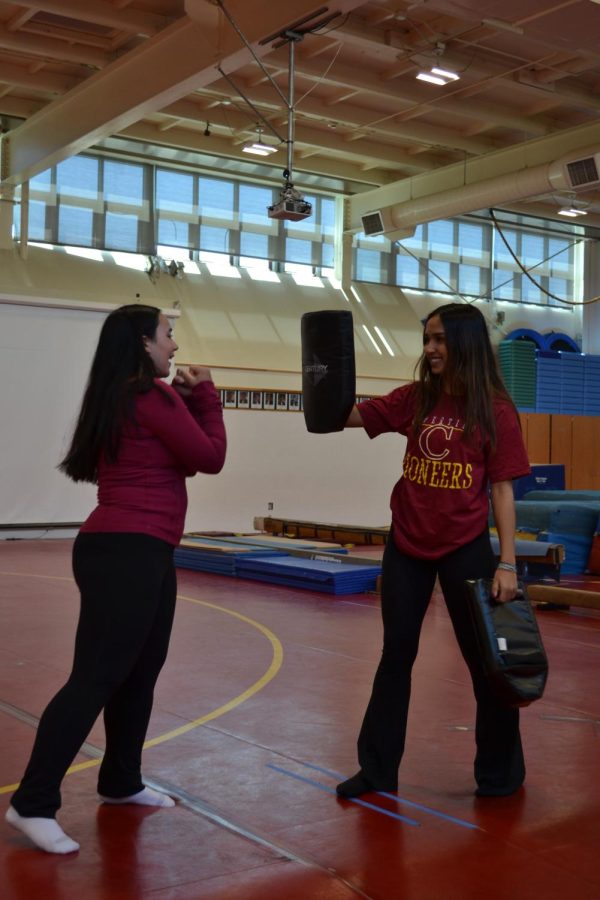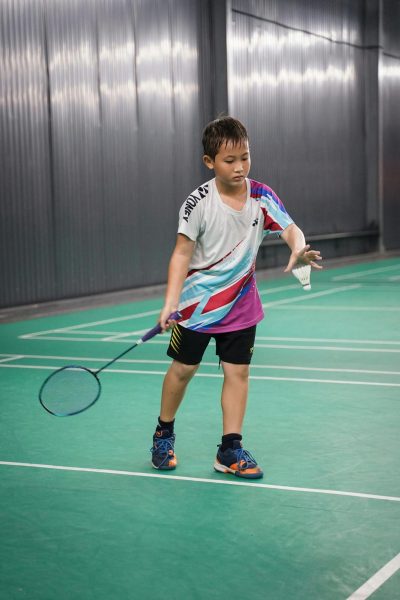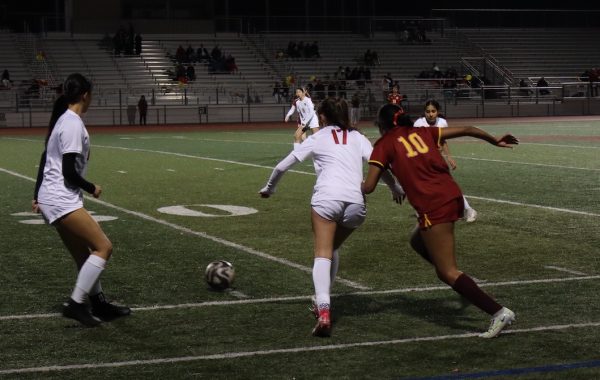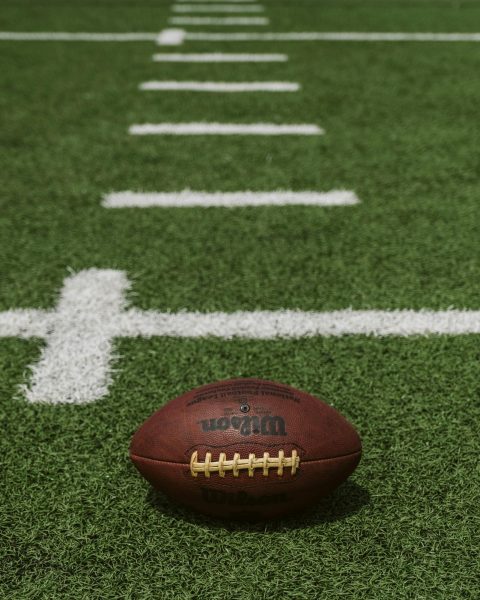CHS Must Mandate Self Defense In The PE Curriculum (Editorial)
As the world grows increasingly unpredictable, self-defense has become a crucial life skill and an essential part of personal fitness and well-being. For this reason, a self-defense unit should be added to Cupertino High School’s Physical Education 9 curriculum.
PE 9 is a class taken by high school freshmen in which they learn about physical fitness, sports and other aspects of health and wellness. As students transition into adulthood, high school instructors have a responsibility to ensure they are equipped with not only academic knowledge but also practical knowledge. Adding a self-defense unit to the PE 9 curriculum would give students the knowledge necessary to defend themselves, which allows them to become independent young adults.
CHS provides an option for self-defense training through its PE total fitness program—which includes a unit on self-defense — and PE martial arts. CHS’ current approach to self-defense instruction is flawed because this class is not mandatory. Students can circumvent self-defense in its entirety by opting for sports PE or by choosing PE 10-12.
According to a survey conducted in 2015 by the Association of American Universities, one in four women experienced sexual violence at some point in their undergraduate education. Given the dangers facing young adults, particularly women, it is imperative that CHS and high schools nationwide fulfill their commitment to ready students for the realities of the world. This includes providing education on self-defense as a means of protection against physical violence.
In late January, CHS PE instructor James Gilmore taught a short self-defense unit. The classes covered escape methods from potentially life-threatening situations, insight into the legal aspects of self-defense and the importance of self-defense.
“When you’re strong in the world, it’s a less scary place,” said Gilmore. “Being able to defend yourself really helps with the mantra that you can be strong in anything and I would be interested to see how [students] felt. I think that just having a very brief training as we did for four weeks, the key here is to open their minds to want to get more training later and elsewhere.”
Self-defense should be included in the PE curriculum for all students, not just those who choose to take martial arts classes. Roberts is interested in implementing a self-defense unit and emphasizes the importance of learning self-defense and the confidence it provides in real-life situations. “The more confident you are, the more confident you present yourself. The less likely you are to be attacked by somebody,” Roberts said.
Gilmore acknowledged that there might be challenges and concerns when teaching a self-defense unit, such as triggering past trauma for students who have been assaulted. To combat these issues, he added trigger warnings to the curriculum and adapted from past experiences with such students to ensure that the unit is as respectful as possible.
Self-defense not only concerns s physical skills but also covers understanding how to avoid dangerous situations and making smart decisions when in hazards.
PE 9 department lead Craig Ellegood shares that while there are no drawbacks to incorporating self-defense lessons in PE 9, the school must take several factors into account before introducing a unit to the curriculum. Due to the limited time available in the school year, the inclusion of a new unit would require the removal of another. Teachers must weigh the purpose and advantages of the proposed unit against those of existing units. Additionally, they must assess the availability of resources, such as equipment, space and expertise, necessary for the implementation of this change.
The Fremont Union High School District high schools should offer a six-week self-defense unit in freshman PE classes. This initiative would equip FUHSD students with essential self-defense techniques and foster their confidence in utilizing these skills. To address the staffing concerns related to the unit, Roberts suggests that they could travel to each of the campuses during the six-week period to instruct the PE 9 classes. As the PE teachers from each campus would be present during the unit, they could also learn the unit and techniques alongside the students, ensuring the self-sustainability of the unit in the future.
Ultimately, the benefits of including self-defense in the PE curriculum outweigh the challenges. Said Roberts, “Giving [students] that confidence, kind of preventing the situation from ever starting in the first place, is the primary goal.” By teaching students self-defense techniques and fostering their confidence, schools can play a vital role in preventing potentially dangerous situations and empowering students to defend themselves.









